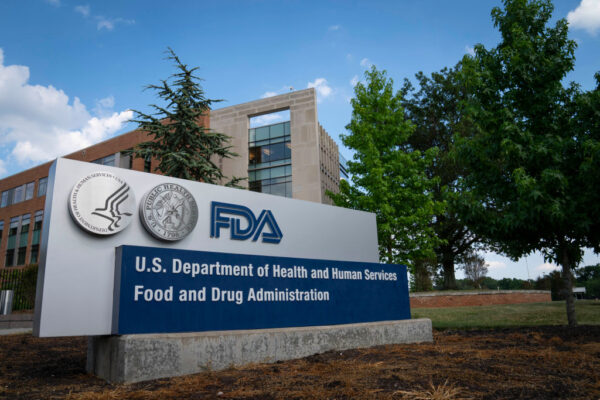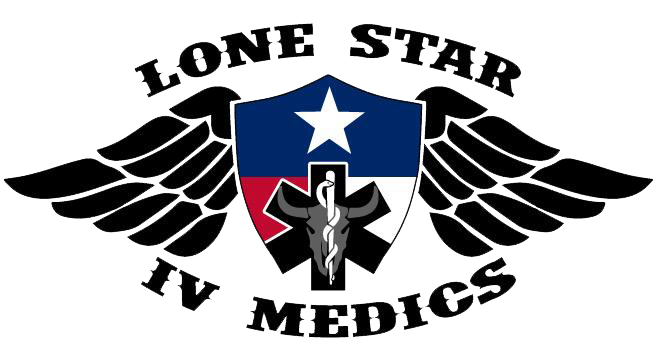
The FDA is implementing a new pilot program that could incentivize development of certain new drugs by dramatically shortening their regulatory reviews. But to qualify, a drug must address specified national health interests.
The FDA already has a program that speeds up regulatory review of rare disease drugs. This priority review voucher program (PRV) was created by Congress, initially for rare and neglected diseases, then later expanded to include rare pediatric diseases. Companies holding a PRV can have their drug’s review shortened to six months, down from the standard 10-month review.
The new voucher program created by the FDA is called the Commissioner’s National Priority Voucher (CNPV) program. According to the agency, a CNPV applied to a qualifying drug could shorten review to just one to two months. This regulatory speed will come from collaboration within the agency.
Under standard review, a drug application is sent to numerous FDA offices. The FDA said the CNPV review process will convene experts from these various offices for a team-based review. This approach emulates a tumor board, a practice used in cancer care in which specialists from different areas of oncology convene to determine the best course of treatment for a patient. The FDA said a CNPV review will include a multidisciplinary team of physicians and scientists assembled for a one-day tumor board-style meeting.
The CNPV announcement came ahead of FDA Commissioner Martin Makary’s appearance Tuesday at the BIO International Convention in Boston. Speaking during a fireside chat at the meeting, Makary, a surgical oncologist, said the U.S. needs to be creative in the way it evaluates medications. Makary said the new CNPV program would offer one way to speed up FDA review of drugs.
“We need to keep innovating and we cannot be satisfied,” Makary said. “We have got to modernize the agency, start using AI in the review, start thinking about the unnecessary steps and the delays, running more continuous trials, having endpoints of the studies in the cloud so the reviewers can look on and see those endpoints instead of submitting a giant application after each step. We have to think differently.”
The new voucher program will have some key differences from the program for rare diseases. Rare disease priority review vouchers do not expire, but the program does and it must be renewed by Congress. Lawmakers failed to do so at the end of 2024. PRVs have also become commodities that are bought and sold. The going price for vouchers these days is about $150 million. The FDA said the new national priority vouchers are not transferrable between companies. Also, once awarded to a company, a voucher will expire after two years.
In order to qualify for one of these new vouchers, the FDA said a drug company must submit the chemistry, manufacturing, and controls portion of the application and the draft labeling at least 60 days before submitting the final application with the complete clinical data. Companies must also be available for ongoing communication with the agency in order to respond promptly to questions during the review. The FDA said it reserves the right to extend the review time window if the data or other components of the submission are deemed insufficient or incomplete, if trial results are ambiguous, or if the review is particularly complex.
CNPVs can be directed by the FDA toward a specific investigational new drug of a company. A voucher can also be granted to a company as an undesignated voucher, allowing a company to use it for a new drug at the company’s discretion as long as that drug is consistent with the CNPV program’s objectives, which include addressing a national health crisis in the U.S. and increasing domestic drug manufacturing as a national security issue.
In the first year of the new program, the FDA said it plans to give “a limited number of vouchers to companies aligned with U.S. national priorities.” The award of one of these vouchers does not preclude the use of other existing regulatory pathways that may also apply. For example, a drug that uses a voucher may also receive accelerated approval as long as it meet the requirements of that pathway, the FDA said.
Photo: Getty Images, Sarah Silbiger










